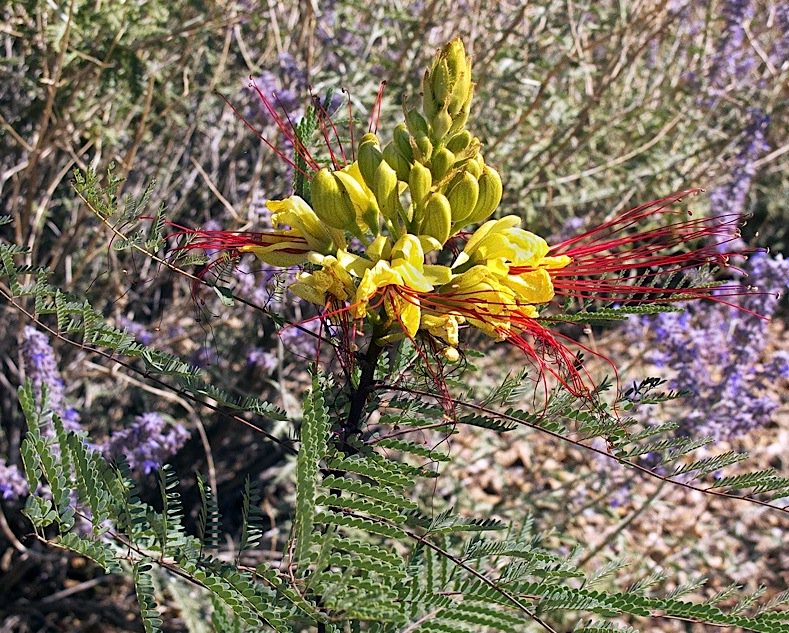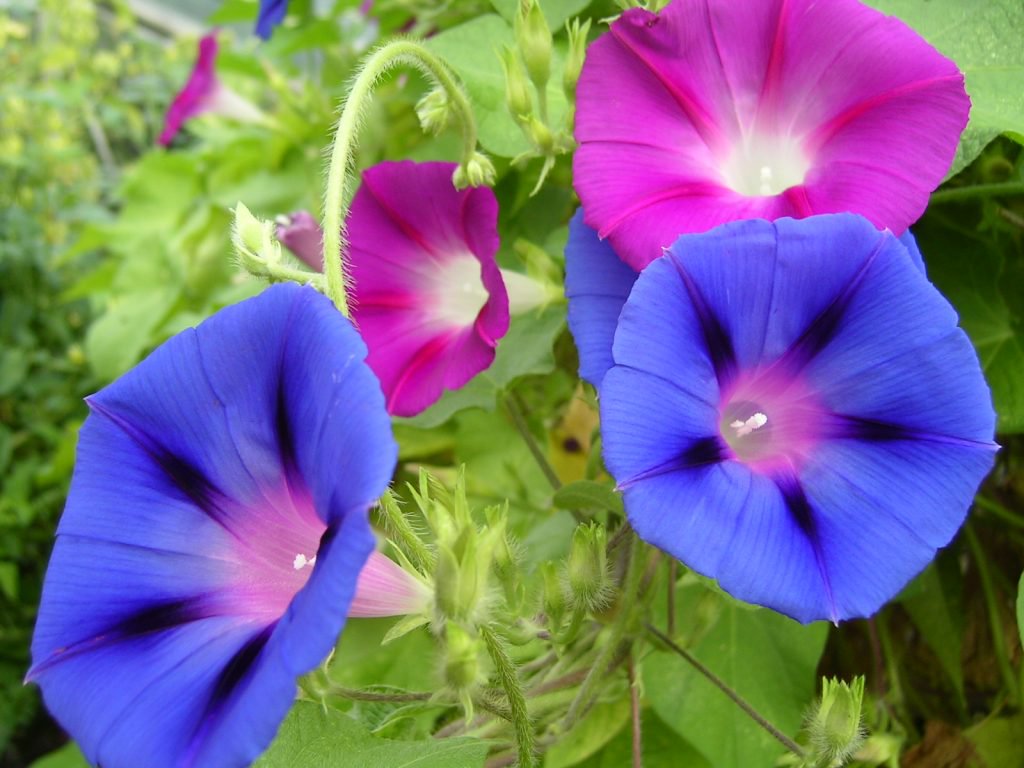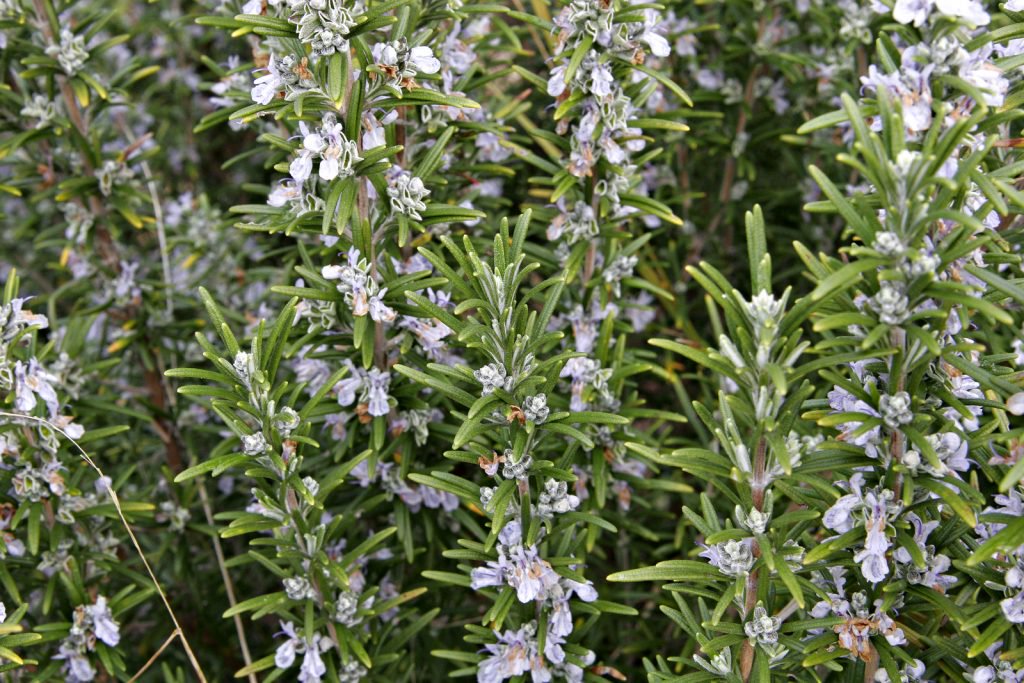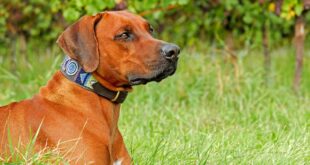[ad_1]
If you’re a resident of the American Southwest, you’re used to protective your puppy from prime temperatures for far of the yr, however there’s some other day by day possibility many canine house owners and puppy sitters continuously disregard: your puppy’s publicity to local plants and yard crops toxic to canine.
We’ve compiled an inventory of a few of the maximum commonplace crops toxic to canine in the Southwest, and a few non-toxic possible choices you could imagine on your panorama design as an alternative.
Common yard bushes, crops and plants poisonous to canine in the Southwest:
Trees toxic to canine
Eucalyptus Tree
The eucalyptus (Eucalyptus species, Myrtaceae circle of relatives) is a highly regarded evergreen tree or shrub discovered all over the Southwestern area. Known for its aromatic leaves and crucial oils, there are masses of kinds of the eucalyptus species to be had. The eucalyptol discovered in all portions of the tree is poisonous to canine when eaten, continuously main to vomiting, diarrhea, weak spot, and salivation when ate up.
Sago Palm
The sago palm (Cycas revoluta, zamia species), often referred to as the cardboard palm or cycads, has an outstanding cover of leaves that can be tempting for canine to chunk on. When ingested, all portions of this plant is toxic to canine and will lead to liver harm led to via the toxin cycasin, which is particularly prevalent in the seeds.
Symptoms of sago palm poisoning can come with blood in feces, vomiting, larger thirst and urination, coma, or even loss of life.
Plants unhealthy to canine
Bird of Paradise
The chook of paradise (Caesalpinia gilliesii), or peacock flower, both grown as a colourful shrub or a small tree with small leaves and wonderful plants, has pea pod formed seed pods. These seeds, when eaten, may cause issue swallowing, oral inflammation, vomiting, drooling, and diarrhea in canine.
Oleander
Oleander (Nerium oleander), often referred to as rose-bay, is a highly regarded evergreen decorative shrub in the Southwest that incorporates quite a few coloured plants, together with purple, red, and white.
All portions of the oleander plant, together with leaves and plants, are toxic to canine, affecting the serve as of the center with cardiac glycoside toxins. Common oleander poisoning signs come with nausea, vomiting, drooling, seizures, extraordinary center rhythm or center charge, and loss of life. In life-threatening instances, an antidote is to be had for oleander poisoning.
Backyard crops toxic to canine
Lantana
Lantana (Lantana camara), often known as shrub verbena, yellow sage, or purple sage, is a part of the Verbenaceae circle of relatives and some other instance of commonplace Southwestern plants poisonous to canine. Lantana options colourful unmarried or multi-colored blooms in colours together with, white, purple, orange, red, and yellow.
The plants, in addition to all different portions of the plant, include liver toxins. Though poisoning signs can stay gentle to reasonable, they come with weak spot, bother respiring and vomiting. Lantana poisoning can lead to liver failure in canine if left untreated.
Morning Glory
Morning glory (Ipomoea spp) is a wildflower recurrently used as a beautiful ornamental flowering shrub or mountain climbing plant in Southwestern landscapes. When its seeds or roots with poisonous indole alkaloids are ingested in massive quantities, they may be able to lead to hallucinations and incoordination. Ingestion of smaller quantities of the morning glory’s seeds can lead to signs of vomiting and diarrhea in canine.
If you understand any of those plants, bushes, or crops toxic to canine in your personal yard or round your space, track your puppy whilst outside. If you’ll’t take away the poisonous crops and plants altogether, take care to briefly select up fallen leaves, seed pods, or branches so your friend doesn’t get tempted to chunk on them whilst taking part in in the backyard.
Take your puppy to the vet if you understand any signs of poisoning, and imagine planting some protected plant possible choices, like the ones beneath, on your canine as an alternative.
Non-toxic possible choices protected for canine in the Southwest:
Crimson Bottlebrush
The pink bottlebrush (Callistemon species), often known as the weeping bottlebrush, prickly bottlebrush, or just bottlebrush is a leafy evergreen grown both as a shrub or tree with gorgeous pink blooms. A well-liked panorama addition in the Southwest, the bottlebrush is non-toxic to canine.
Rosemary
Rosemary (Rosmarinus officinalis), often referred to as anthos, is an evergreen woody bush that may serve double responsibility in your backyard, as each a protected non-poisonous plant on your canine, and as an herb you’ll use in your subsequent dinner.
Canary Date Palm
The canary date palm (Phoenix canariensis) is a non-toxic palm protected on your pets to be round. The tree is sluggish rising, despite the fact that it might probably succeed in substantial peak, and contours an outstanding crown of leaves.
Resources
To be informed extra, learn this submit on the 11 maximum toxic crops for canine.
For a whole listing of toxic crops for canine, overview the ASPCA’s poisonous and non-toxic crops listing.










